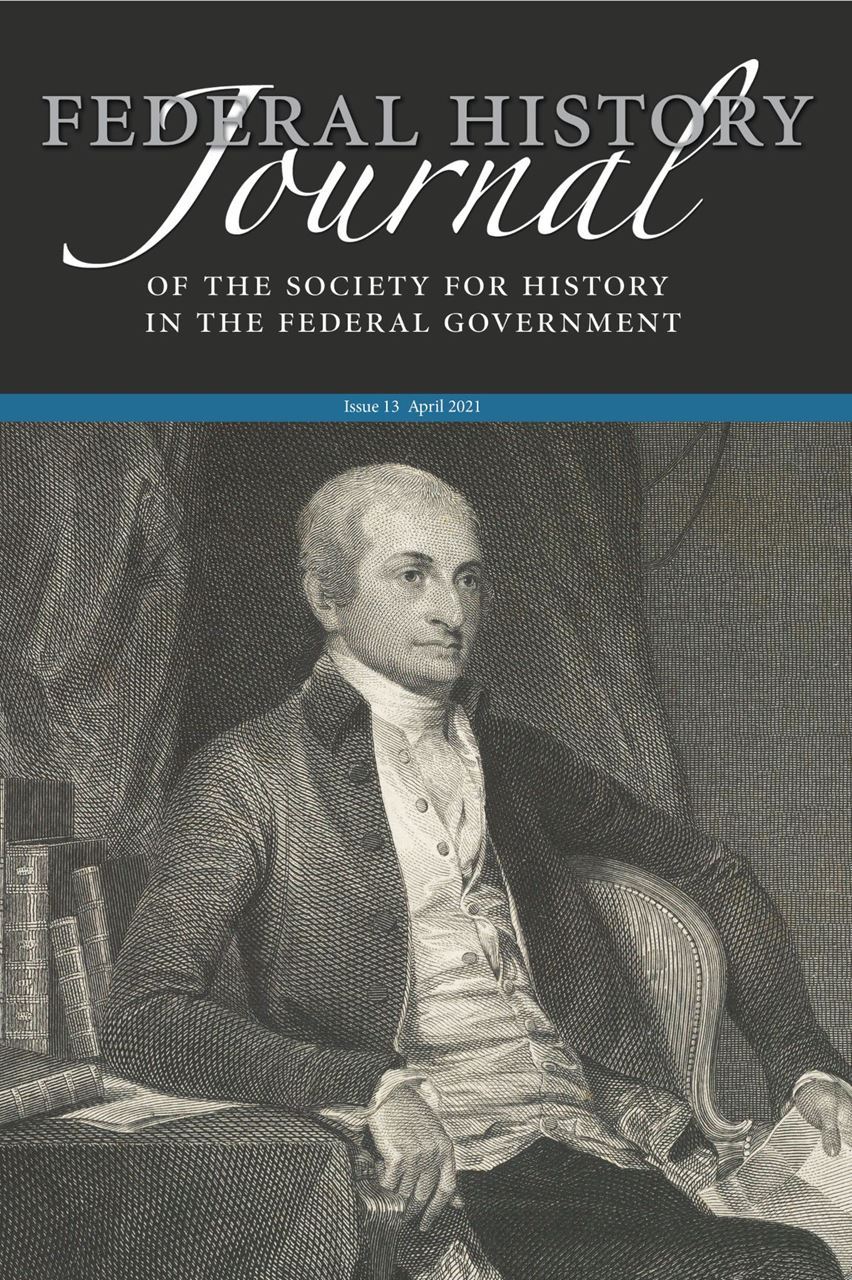|
Cover: John Jay as United States secretary of foreign affairs, c. 1784. See the article on Jay’s diplomacy on page 15. (Engraving by Asher Brown Durand, Metropolitan Museum of Art, New York) |
|
ContentsEditor’s Note
---Benjamin Guterman---Bill Williams
ARTICLES
The Case for John Jay’s Nomination as First Chief Justice
— Benjamin Lyons“This disease . . . knows no State boundaries”: The 1918 Spanish Influenza Epidemic and Federal Public Health
— Jonathan Chilcote“America must remain American”: The Liberal Contribution to Race Restrictions in the 1924 Immigration Act
— Kevin Yuill
The Combined Chiefs of Staff and the Public Health Building, 1942–1946
— Christopher Holmes
Federalism and the Limits on Regulating Products Liability Law, 1977–1981
— Ian J. Drake
Gerald Ford’s Clemency Board Reconsidered
— Alan Jaroslovsky
INTERVIEWAn Interview with Chandra Manning
— Benjamin Guterman
Federal History features scholarship on all aspects of the history and operations of the federal government, and of critical historical interactions between American society and the government, including the U.S. military, 1776 to the present. It also publishes articles examining contemporary issues and challenges in federal history work. The journal highlights the research of historians working in or for federal agencies, academic historians, and independent scholars.
For submissions or inquiries, e-mail the Federal History editors at federalhistory@gmail.com
ISSN 2163-8144 (print)
ISSN 1943–8036 (online)

